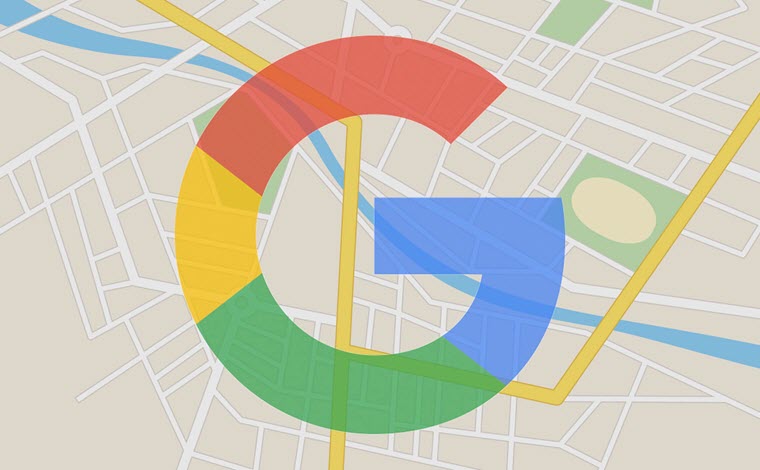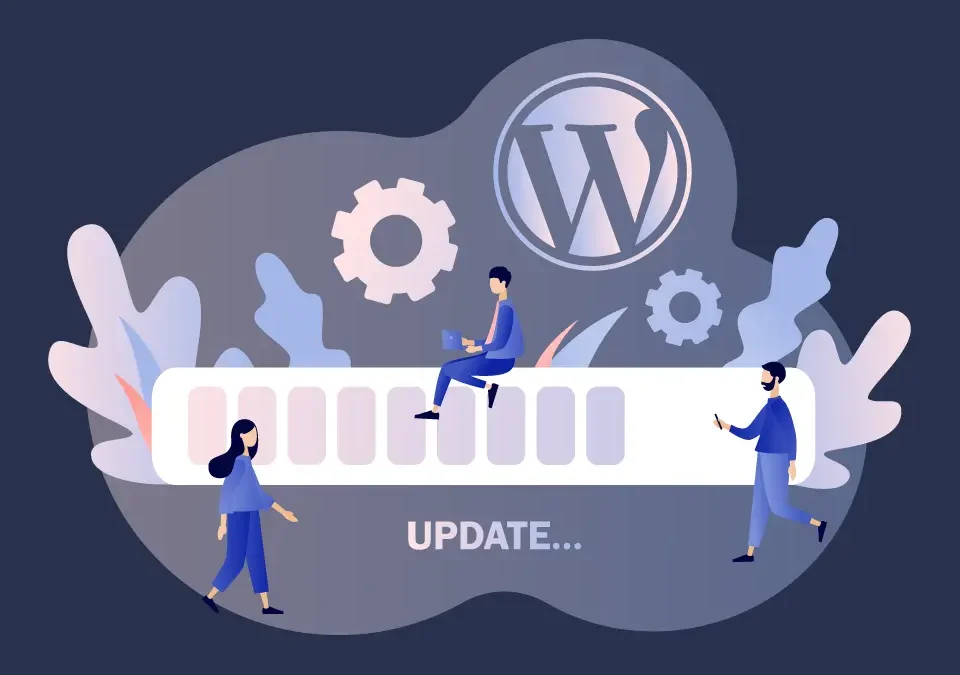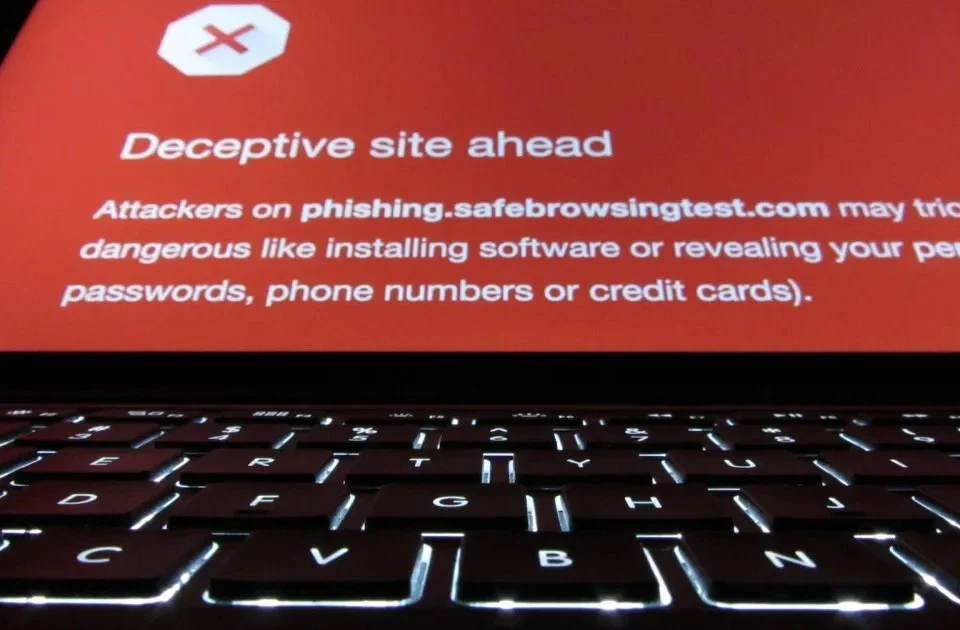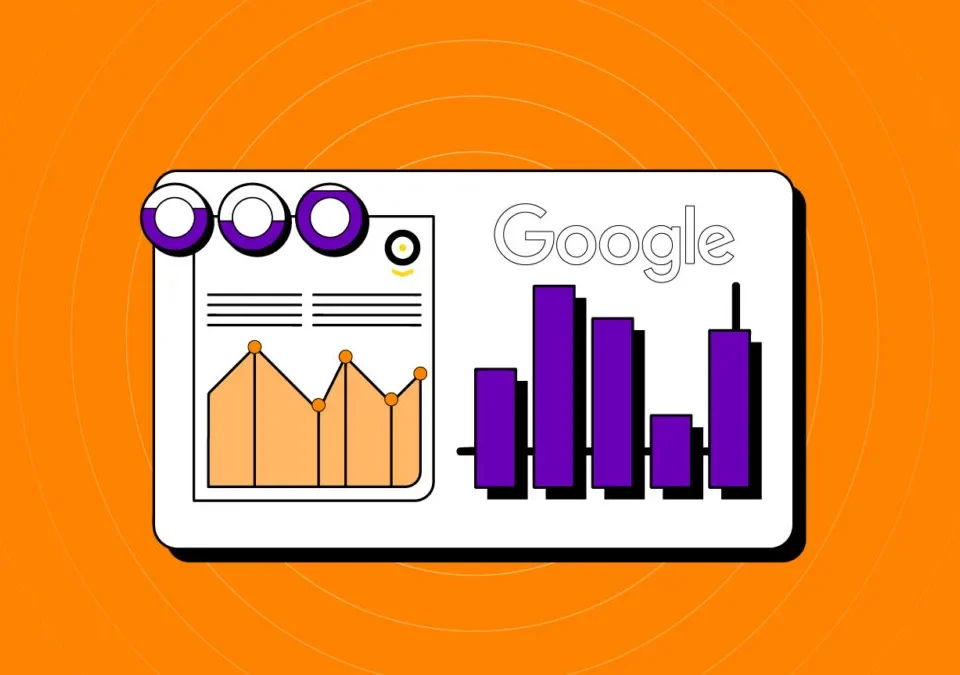Google Maps is a web-based service which provides detailed information about geographical regions and sites. Almost all websites use embedded Google Maps on their contact page to assist their clients in easily locating their business. I have been using Google Maps for many years and continue to use it. But there have been some major changes recently, which many website owners may take exception to.
Up until now you could set up API integration for Google Maps without needing to add credit card details. However Google has now changed the rules so that all Google Maps accounts need to be linked to a credit card regardless if they fall within the ‘free’ usage levels.
Google’s parent company, Alphabet, has been crunching the numbers and felt that Google Maps is one of their their most under-monetised assets. Google Maps is used by more than a billion users every month, but it seems that it’s not bringing in the kind of revenue that Google want. Google’s CEO Sundar Pichai has made a decision to focus on making Maps its next billion dollar business.
Will this affect me?
If you are using a simple static map, you won’t be affected for now, but we don’t know about the future. Nothing is free forever.
If like most people, your site is using embedded Google Map integration then you will be affected. Google will start disabling Maps if your Google account does not have an avtice credit card.
Naturally, the reactions from developers have been scathing as they are dealing with brunt of these changes from website owners. Its the developers that have to break the bad news to clients for something which is out of their control. So if you are affected by this change, read on.
What do I need to do to get Google maps working again?
There is no doubt that Google Maps is great for websites and apps but you now have 2 choices really.
Option 1) The first option is to continue using Google Maps API by setting up your Google account with a valid credit card. If you don’t have a Google account, you will need to create one. Follow the steps below.
- Visit https://cloud.google.com/maps-platform/
- Press on `Get Started’
- Select all map options in the Enable Google Map Platform window. Then click `Continue’
- Name your Project ie/ name of your website and press Yes after you have read the agreement. Then Click `Next’
- Click on `Create billing account’. It will first invite you to set up a cloud account then request full account details including your credit card details.
- This step requires you to create a cloud platform before you can set up a new google maps API account. Once you have agreed to the T & Cs, you will be taken to the billing details page.
- You will then need to Enable Google Maps Platform. Click `Next’
- Your API Key will then be created. Please copy this key exactly as it is and replace it with your existing key on your website. You may need to reach out to your developer if you can’t enable this on your website.
Option 2) Convert all your Google Maps to static or embedded maps. You won’t get much of a choice as to how your maps will look, but this method will still work, and won’t cost you anything as of this writing. You will need to generate the Google embed code from Google maps and place it inside your site’s HTML code. A novice can handle most of the code, although some knowledge of HTML, CSS, and JavaScript is helpful or contact your developer to make the necessary changs.
If you have multiple location pins or multiple locations for your busineess in one map, then this gets more involved as you will need a separate map for each location. This usually may require a design or layout change to your website to accomodate multiple maps.
Is there a Google maps alternative?
There are several alternatives and I have worked with Mapbox, Bing Maps and Open Street Maps. All have their pros and cons and I really like Mapbox, but I have to say that with more than 150 million users access Google Maps monthly and the 72% of market share of Androind smartphones, sticking with Google Maps is possibly the only choice.
How much will it cost?
If you wish continue to use Google Maps API then here is a summary:
- Google will now bill you per request. This is not to be confused with a page load. If a visitor views you contact us page this will result in mutiple requests.
- There are 18 individual APIs Google Maps currently adopted consolidated into three broad segments – Maps, Routes and Places. So one page load may result in 10-20-30 requests
- You will get the first $200 of monthly usage for free and your credit card is charged with the balance payment. For a small website this may be enough to cover a small amount of traffic.
- The Standard (no access to customer support) and Premium plans are being merged into one pay-as-you-go pricing plan and customer support will be free of charge
For specific details you should study the the new Google Pricing Sheet. If you can understand the Google Pricing Sheet then congratulations because we find most people find the pricing too complex to understand. As a general rule though the traffic to your site will drive the costs. So consult yours Google Analytics dashboard and look at how much traffic you have directed to pages that contain maps, otherwise you may have to use the “suck it and see” approach to see what your card gets charged.
Don’t forget the cost of involving your developer. Unless you can manage all the changes required yourself, you need to factor in the cost for their time.
Summary
Google’s sheer dominance in this space means you really have no practical options other than to hand over your credit card to Google and be done with it. Google have been very supportive, to-date, providing many services for “free”. And since we as users providing our personal data for “free” it all balances out in the end with both parties get a www, “win win win” .
Only is it?




